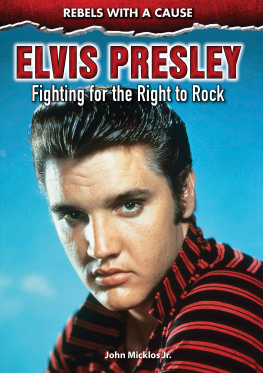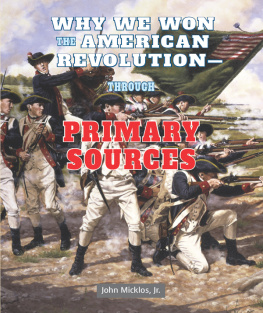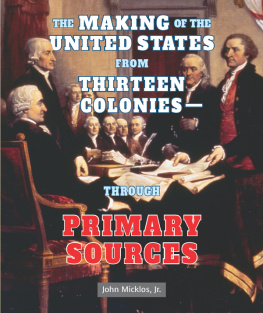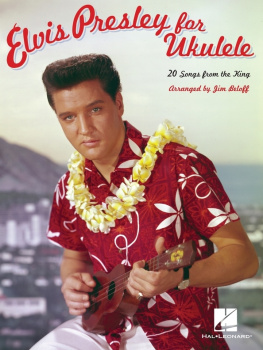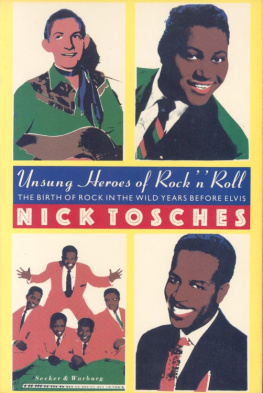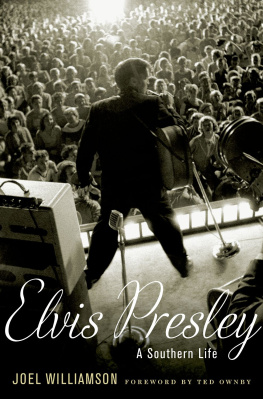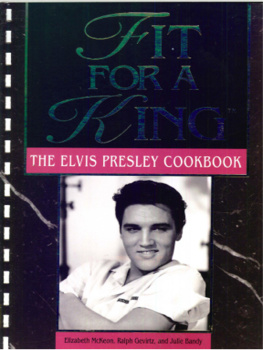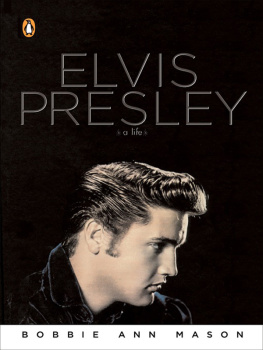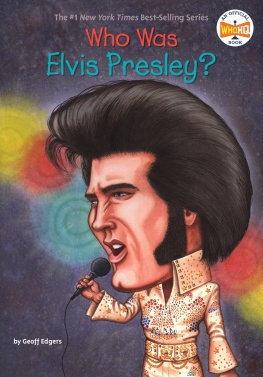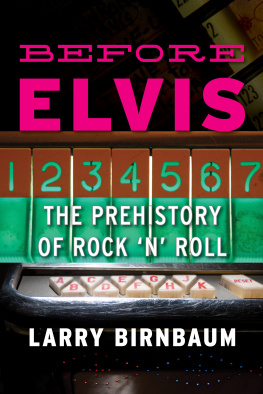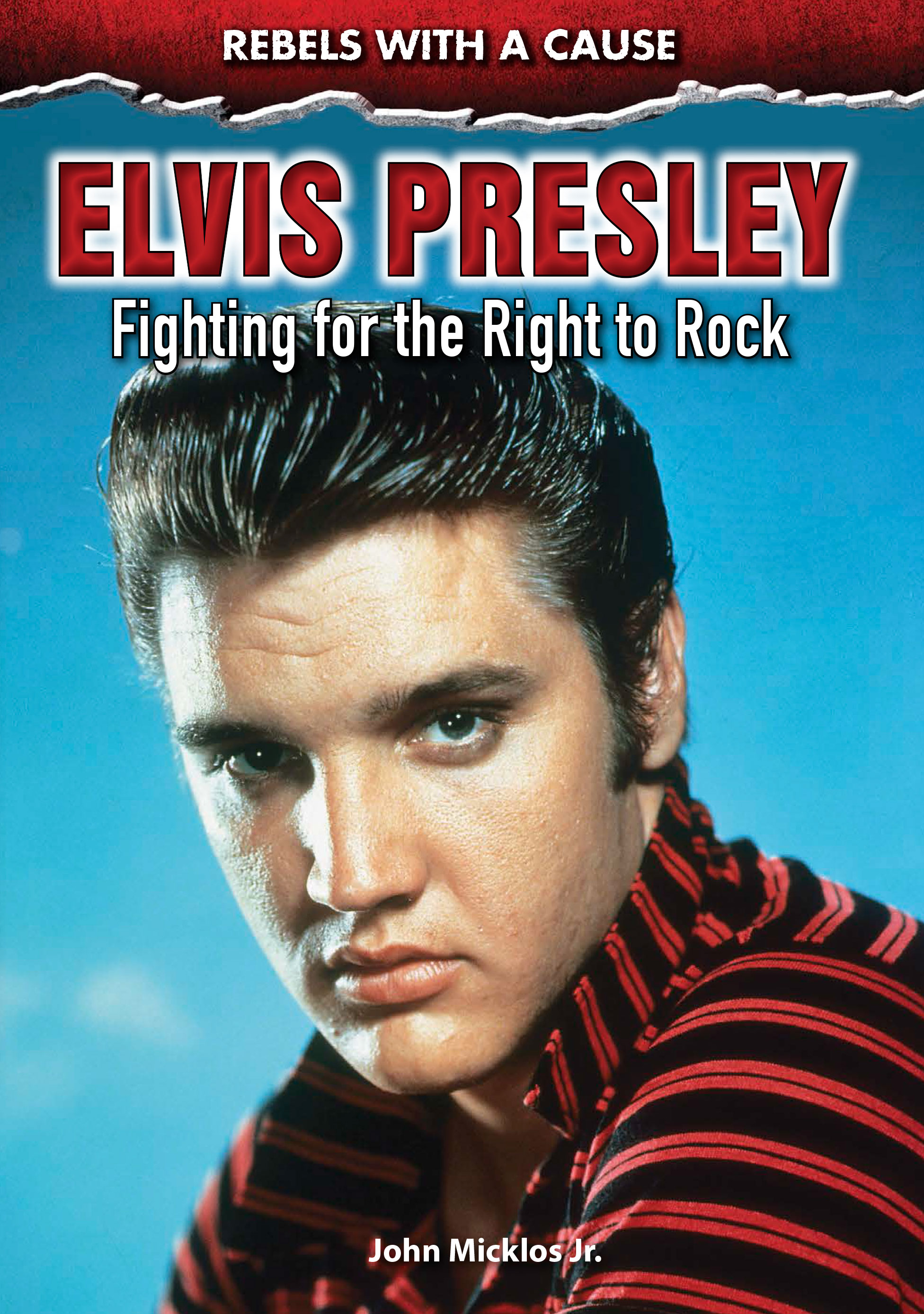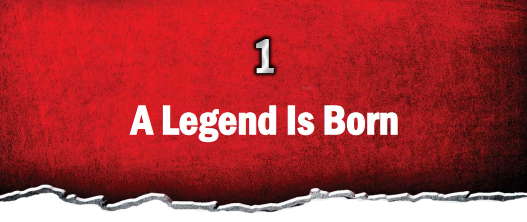Published in 2018 by Enslow Publishing, LLC.
101 W 23rd Street, Suite 240, New York, NY 10011
Copyright 2018 by John Micklos Jr.
All rights reserved.
No part of this book may be reproduced by any means without the written permission of the publisher.
Library of Congress Cataloging-in-Publication Data
Names: Micklos, John.
Title: Elvis Presley : fighting for the right to rock / by John Micklos Jr.
Description: New York : Enslow Publishing, [2018] | Series: Rebels with a cause | Includes bibliographical references and index. | Audience: Grades 7-12.
Identifiers: LCCN 2017027306 | ISBN 9780766092587 (library bound) | ISBN 9780766095496 (paperback)
Subjects: LCSH: Presley, Elvis, 1935-1977Juvenile literature. | Rock musicians United StatesBiographyJuvenile literature.
Classification: LCC ML3930.P73 M52 2018 | DDC 782.42166092 [B] dc23 LC record available at https://lccn.loc.gov/2017027306
Printed in China
To Our Readers: We have done our best to make sure all website addresses in this book were active and appropriate when we went to press. However, the author and the publisher have no control over and assume no liability for the material available on those websites or on any websites they may link to. Any comments or suggestions can be sent by email to .
Portions of this book originally appeared in Elvis Presley: I Want to Entertain People by John Micklos Jr.
Photo Credits: Cover, p. 3 Archive Photos/Moviepix/Getty Images; p. 7 CBS Photo Archive/Getty Images; pp. 13, 24, 51, 69, 82, 84, 94 Michael Ochs Archive/Getty Images; pp. 16, 19 RB/Redferns/Getty Images; p. 29 Gavin Hellier/robertharding/ Getty Images; p. 32 Colin Escott/Michael Ochs Archives/Getty Images; pp. 38, 45, 62, 75, 78 Bettmann/Getty Images; pp. 40, 54-55 Hulton Archive/Archive Photos/ Getty Images; p. 50 John Springer Collection/Corbis Historical/Getty Images; p.
59 Pictorial Parade/Archive Photos/Getty Images; p. 90 National Archives/Hulton Archive/Getty Images; p. 99 Ronald C. Modra/Sports Imagery/Hulton Archive/ Getty Images; p. 103 Blank Archives/Hulton Archive/Getty Images; p. 105 Richard Howard/The LIFE Images Collection/Getty Images; p. 106 Donald Kravitz/Getty Images; interior pages graphic element Eky Studio/Shutterstock.com .
B y todays standards, Elvis Presleys performances seem mild. He did not descend from the rafters like Lady Gaga. No fireworks exploded. He remained fully clothed. Still, screams erupted from the audience as Elvis Presley strode onstage to perform his hit song Dont Be Cruel for The Ed Sullivan Show on September 9, 1956. Although his performance was relatively subdued, every movement evoked screams from the crowd.
A record audience of some sixty million people watched Elvis on The Ed Sullivan Show that night. The rock and roll rebel rocked the nation.
What made this accomplishment even more amazing was the fact that Ed Sullivan had previously declared he would never invite Elvis on his wildly popular show. Sullivan did not approve of Elviss hip swinging and rock-and-roll singing. He is not my cup of tea, Sullivan was quoted as saying.
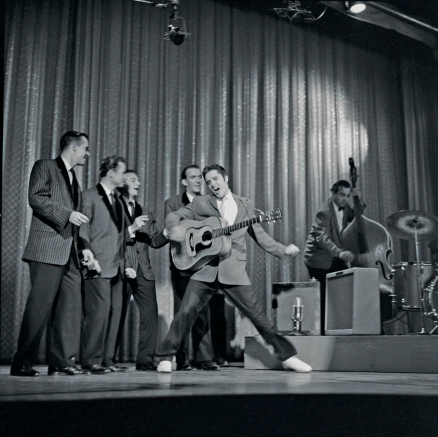
Elvis Presley first appeared on The Ed Sullivan Showin September 1956, shaking his hips and strumming his guitar for an audience of sixty million people. He appeared on the show two more times and is shown here during his October 1956 performance.
Elvis did not need Sullivans help. Elvis had four number-one hits in 1956: Heartbreak Hotel; I Want You, I Need You, I Love You; Dont Be Cruel/Hound Dog; and Love Me Tender.
Heartbreak Hotel opened the floodgates. On April 21, the song reached number one on Billboard Magazines chart of hot music hits. It marked Elviss transition from a local southern sensation to a national phenomenon, Billboard later wrote. The king of rock and roll had just ascended to his throne.
Sullivan realized he could not stop Elvis from becoming a star. Grudgingly, he spoke to Elviss manager, Colonel Tom Parker, about having Elvis appear on his show, not once but three times. Parker demandedand gotElvis a fee of $50,000 for the appearances. That was far more than any other act could command at that time.
Young listeners loved Elvis and the new form of music he represented; girls fell for his sexy looks, and boys started to wear their hair slicked back like Elvis. Many parents and critics were less thrilled. They found Elviss music too wild and his hip-swinging vulgar. His wild performances earned him the nickname Elvis the Pelvis, which Elvis found offensive.
Concern continued to mount. Indeed, on his third appearance on The Ed Sullivan Show, on January 6, 1957, he was filmed only from the waist up. That way, his swinging hips wouldnt offend anyone.
Not all parents found Elvis objectionable, however. Indeed, some television historians believe Elviss appearances on The Ed Sullivan Show helped bridge the generation gap for Elviss acceptance into the mainstream.
Over the years, Elviss career evolved from rock-and-roll rebel to movie star to soldier to ballad crooner to Las Vegas performer. His body evolved from svelte to bloated. Through it all, he retained legions of fans. His meteoric rise to stardom was made all the more remarkable by his truly humble beginnings.
E lvis Presley was almost a twin. Around 4:00 a.m. on January 8, 1935, Gladys Presley gave birth in her two-room house in Tupelo, Mississippi. The baby, named Jesse Garon, was born dead. Half an hour later, at 4:35 a.m., a second baby, Elvis Aaron, arrived.
Gladys believed that when one twin died, the one that lived got all the strength of both." She passed that belief on to Elvis, and he remained fascinated with his twin throughout his life.
Growing Up Poor
In 1935, the United States was in the midst of the Great Depression. At the worst point, in 1933, one out of every four workers was unemployed.
Like many other families, the Presleys were poor. Elviss father, Vernon, had a bad back. This limited his ability to do some jobs. Also, he lacked any ambition or drive. Despite his faults, however, Vernon was very handsome. At the age of seventeen, he met twenty-one-year-old Gladys Love Smith at the First Assembly of God Tabernacle. They immediately fell in love. Within two months, they eloped. They were unprepared. They lacked the $3 fee for the license, and Vernon was not of legal age.
The two young lovers managed to borrow the money for the license. Then, on June 17, 1933, they traveled to a nearby county where no one knew them. Vernon claimed he was twenty-two, and Gladys said she was nineteen.
Gladys had lived a hard life, and life did not get much easier when she married Vernon. She simply accepted him for what he was: a ravishingly handsome, tenderhearted, unambitious young loafer, wrote Elvis biographer Elaine Dundy.

